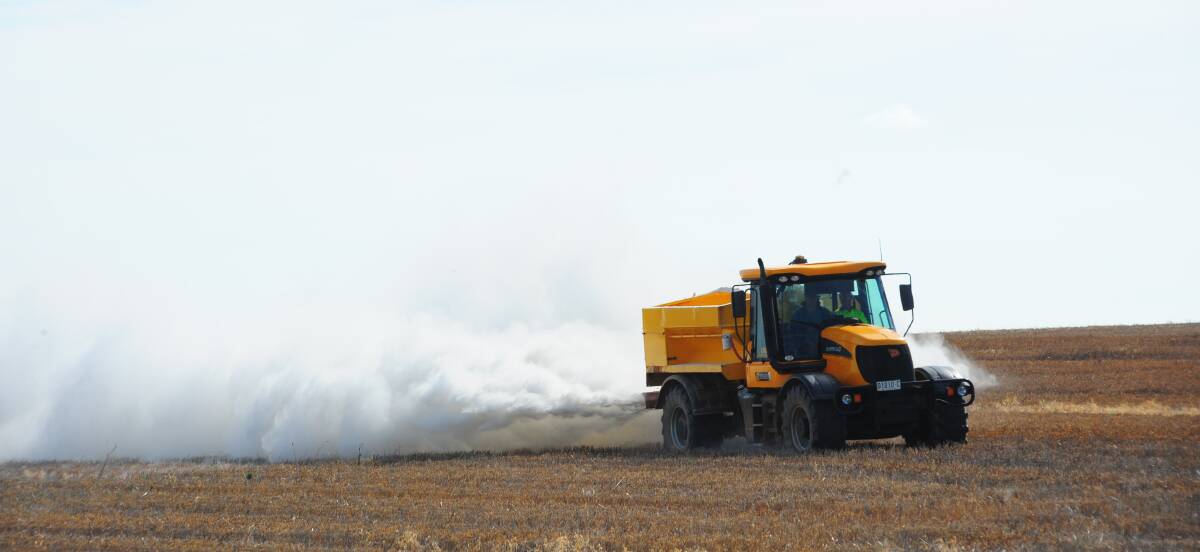
THE BIG drought over much of the country means every dollar will be critical when making decisions regarding this year's sowing program.
Farmers will be looking to save money wherever possible without sacrificing potential upside should the year become favourable.
Fertiliser is one area that can be looked at and one Victorian agribusiness has said savings of up to 60 per cent are possible just by looking at a variable rate program.
Ben Fleay, general manager of research and innovation with Precision Agriculture, said soil testing was the first step in helping cutting costs.
The soil testing season is currently in full swing, with farmers checking for a range of nutrients.
However, according to Grains Research and Development Corporation (GRDC) data there are 50 per cent less soil tests being done in Australia now than in 2010.
Mr Fleay said this meant farmers were missing out on opportunities to trim valuable dollars from grain production costs.
"Many of our customers have seen lime costs reduced by up to 60pc and phosphorous rates cut by up to 25pc whilst maintaining production," Mr Fleay said.
This year shapes up to be a critical year to know exactly how much nutrition the crop is going to have.
On a paddock by paddock basis those that had a poor year there may be leftover nutrition left over, meaning rates can be cut this year, but there are exceptions, such as those that cut failing cereal crops for hay.
Hay takes out more nutrition than a grain crop, meaning a solid fertiliser program is still needed.
Aside from that, there is also the intra-paddock differences, with soil types meaning there could be varying rates of nutrition in different areas of the paddock.

This could mean unnecessary costs.
Director of the Australian Fertiliser Services Association (AFSA) Craig Swan said not applying fertiliser on a variable rate could add as much as $40 a hectare in costs for fertiliser that is not needed.
"It can effectively double your costs in some instances," Mr Swan said.
University of Adelaide researcher Mike McLaughlin said soil testing was often overlooked, but said the return on investment was significant.
“The benefit for the bottom line is something that should not be ignored,” Dr McLaughlin said.
He attributed some of the reluctance to the nature and timing of the task, out digging holes for soil samples in the often boiling summer heat.
“It’s hot, you’re out in the paddock when you just want to be on holiday – it does put people off.”
However, Mr Fleay said there were now a range of testing options that streamlined the process.
"We can do a combination of soil pH, phosphorous, potassium,
sodium and nitrogen measurements on your property into one process," he said.
He said through soil testing, Precision Agriculture clients had been able to drop lime costs by 60pc and phosphorus by 25pc.


